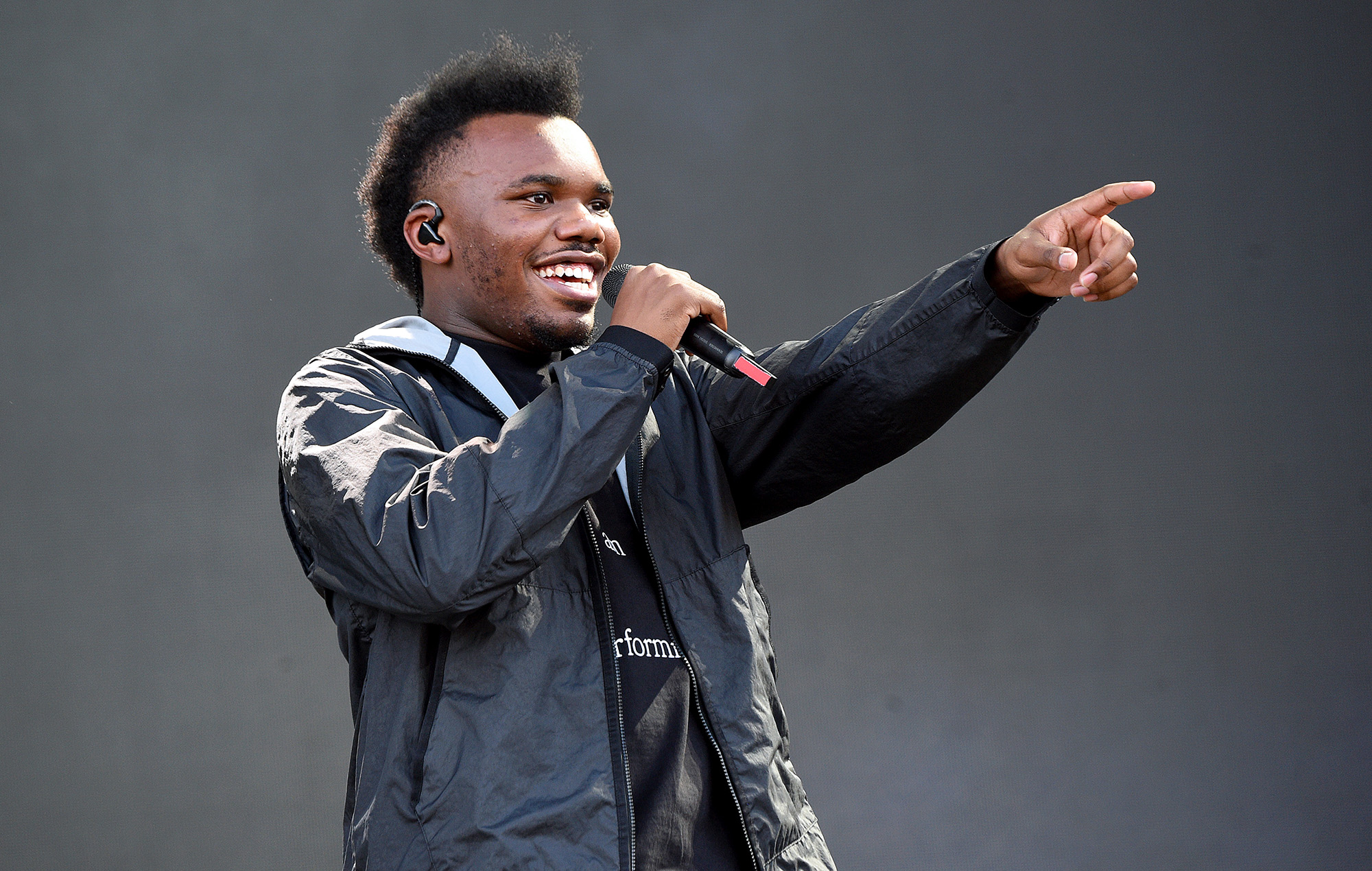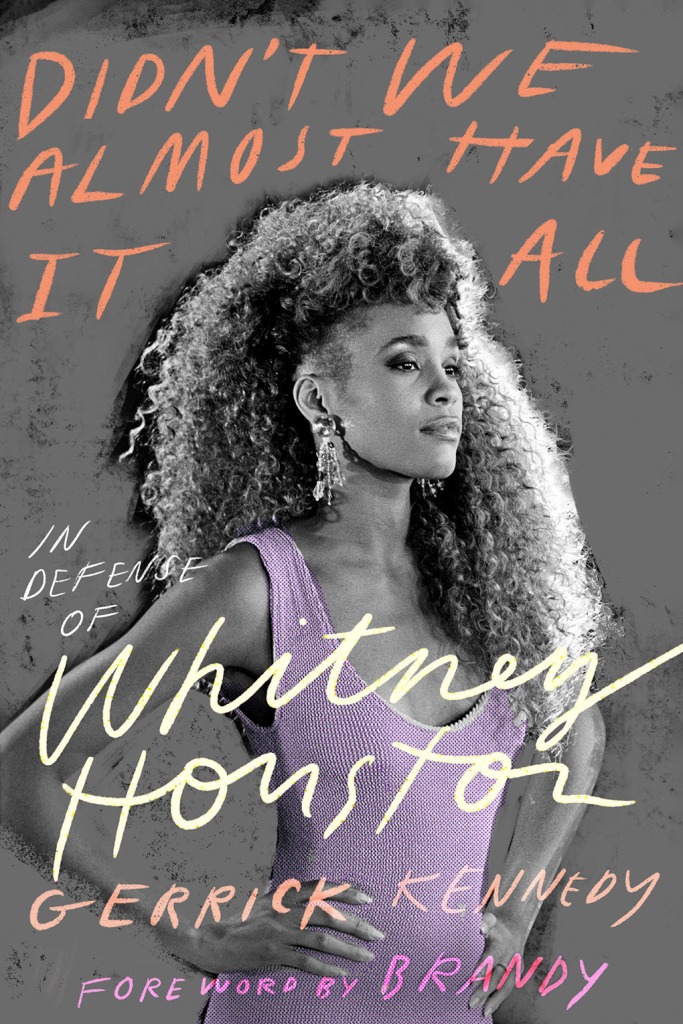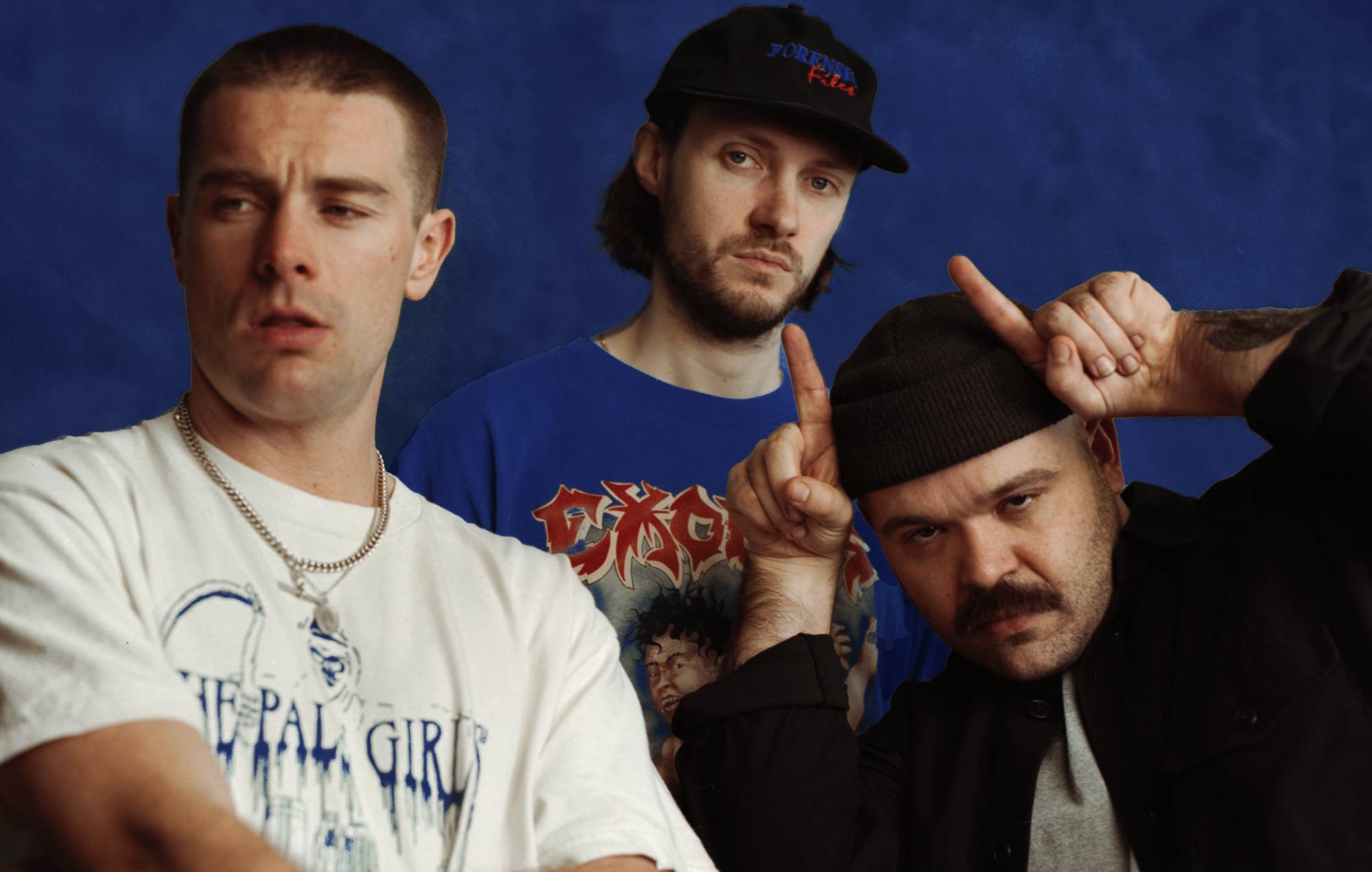Fenty Baby is on the way! Rihanna and A$AP Rocky broke the Internet Monday (Jan. 31) after photos surfaced of the couple out and about in a blistery NYC — with the “Love on the Brain” singer’s bare baby bump on full display.
Although the pregnancy reveal marks the beginning of motherhood for RiRi, this won’t be the first time we’ll hear her say “baby.” In fact, in the time since she dropped her first record in 2005, we’ve heard her sing the word hundreds of times — 364, to be exact. Which means, yes, Billboard underwent the (extremely productive) task of going through every song from RiRi’s discography to count every appearance of “baby” across her eight solo albums. Because we needed to know (and thought you might like to know too).
Find an exhaustive list of every “baby” lyric below (not including tracks by other artists she’s featured on).
Music of the Sun (2005)
“Here I Go Again”
+ “Baby, here I go again” (7x)
“If It’s Lovin’ That You Want”
+ “Baby, come and share my world, share my world, oh” (5x)
+ “’Cause everything that you need, I got it right here baby, baby” (4x)
+ “Baby, come tell me your secrets, and tell me all your dreams”
+ “Everything you’ve ever wanted, baby”
+ “Come and take a walk with me, walk with me, baby”
+ “‘Cause everything that you need, I got it right here, baby”
+ “Then you should make me your girl (Make me your girl, baby), your girl”
“You Don’t Love Me”
+ “If you ask me, baby, I shoulda left you a long time ago, no” (3x)
“The Last Time”
+ “Baby boy, it’s the last time” (3x)
+ “No, baby”
+ “Baby, goodbye”
“Willing to Wait”
+ “Baby, slow down”
+ “Baby boy, can’t you see the stop sign?”
+ “Baby, love doesn’t grow in a day” (2x)
+ “Baby, if you’re willing to wait, we can just take our time (Take our time)” (6x)
+ “It’s mutual, baby” (2x)
+ “Boy, you know I want to, baby”
+ “And I know what’s on your mind (I know, baby, baby, yeah, yeah)”
+ “It’s mutual, baby (Mutual, baby)”
+ “Hey, baby”
“Let Me”
+ “And I’m tired of waitin’, baby, why you still debating baby?”
+ “Baby, let’s go dance away” (2x)
+ “Let me, let me, baby”
“Rush”
+ “I’m feeling you, baby” (4x)
“Now I Know”
+ “Baby, can’t you see?”
Total: 71
A Girl Like Me (2006)
“SOS”
+ “Y-O-U are makin’ this hard (Why you makin’ this hard for me, baby?)”
“Kisses Don’t Lie”
+ “‘Cause, baby, kisses don’t lie” (3x)
+ “Kisses don’t, no, they don’t, never don’t lie (Baby, kisses don’t lie)”
+ “I feel a rush, but I’m afraid that it might crush me (Crush me, baby)”
+ “Kisses don’t, no, they don’t, never don’t lie (Don’t lie, baby, kisses don’t lie)”
+ “I try to slow down, but my heart won’t listen (Just won’t listen, baby, hey)”
+ “Should I put my trust in somethin’ I don’t trust in? (Trust in, baby, yeah)”
“We Ride”
+ “My sweet baby, this is where the game ends now”
“Break It Off”
+ “And I’m hopin’, baby, you don’t mind”
“Crazy Little Thing Called Love”
+ “Then you opened up my eyes to a crazy little thing called love (Crazy, crazy, baby, baby)”
+ “Don’t understand the meaning/ This means crazy, baby”
+ “I try my best not to show/ But you know it’s so crazy, baby”
“Selfish Girl”
+ “Baby boy, what you done to me?”
“If It’s Lovin’ That You Want, Pt. 2”
+ “Then baby, come and share my world, share my world, oh-oh, oh” (4x)
+ “‘Cause everything that you need, I got it right here baby, baby, oh-oh, oh” (3x)
+ “Baby, come tell me your secrets, and tell me all your dreams”
+ “‘Cause everything that you need, I got it right here baby, baby, oh-oh, oh
(Here baby, oh-oh)”
“Who Ya Gonna Run To?”
+ “Baby, please, you don’t have to explain the reasons”
“Coulda Been The One”
+ “Coulda been, shoulda been, baby”
+ “Coulda been the one, baby”
Total: 36
Good Girl Gone Bad (2007)
“Umbrella”
+ “Baby, ‘cause in the dark”
+ “Ooh, baby, it’s rainin’, rainin’” (2x)
+ “Baby, come here to me”
“Push Up on Me”
+ “It’s getting later baby, and I’m getting curious”
+ “Baby, there ain’t nothing to it/ Baby, who you think you’re fooling?”
+ “And let’s play a game (Yeah), I won’t be a tease (No, baby)”
“Don’t Stop the Music”
+ “Baby, I’ma say your aura is incredible”
+ “Baby, are you ready? ’Cause it’s getting close”
“Breakin’ Dishes”
+ “But now I’m hot, and baby, you gon’ get it”
“Shut Up and Drive”
+ “If you can, baby boy, then we can go all night” (3x)
+ “Baby, you got the keys” (3x)
“Say It”
+ “Baby, baby, don’t be shy (Shy)” (4x)
+ “So baby, why won’t you (Say it)” (4x)
+ “But I’m here for you, baby”
+ “But some things, baby, are not worth hiding” (4x)
“Sell Me Candy”
+ “Then baby, sell it to me” (3x)
“Lemme Get That”
+ “Got what you want, baby, got what you need” (3x)
“Rehab”
+ “Baby, baby, when we first met”
+ “Baby, you’re my disease” (6x)
+ “‘Cause baby, you’re my disease” (6x)
“Cry”
+ “I should’ve never let you hold me, baby”
Total: 55
Rated R (2009)
“Wait Your Turn”
+ “Baby put the work in like a champion”
+ “Baby got the whole world standing up”
“ROCKSTAR 101”
+ “I told ya baby, baby”
+ “I told ya. baby” (5x)
+ “Hey baby, I’m a rockstar (Rockstar)” (6x)
+ “Hey baby” (3x)
+ “Baby, I’m a rockstar (Rockstar)” (3x)
+ “Hey baby, it’s big cities (Big cities)” (3x)
+ “Oh, baby I’m a” (27x)
+ “So baby take me in, I’ll disobey the law”
“Fire Bomb”
+ “Seems cold, but baby, no, it doesn’t have to be”
+ “Now we’re flying from the blast, baby”
+ “Baby, we were killin’ ’em”
“Rude Boy”
+ “Take it, take it (Yeah), baby, baby (Yeah)” (8x)
+ “Tonight, baby, we could get it on, yeah, we could get it on, yeah”
+ “Give it to me, baby, like boom, boom, boom” (2x)
+ “Tonight, I’ma get a little crazy, get a little crazy, baby”
+ “Take it, take it, baby, baby” (3x)
“Photographs”
+ “Now baby, it’s killing me”
+ “Baby, I’m falling down”
+ “Baby, I’m hurting now”
+ “I’d give anything, baby, here’s my heart”
“G4L”
+ “Baby bang, tell me what you need, oh”
“The Last Song”
+ “But baby, we’ll hear it when I’m gone”
+ “Baby let ’em play it, maybe it’ll save the world”
“Hole in My Head”
+ “Baby might drown”
+ “Catch me on your mind baby”
+ “Don’t waste my time baby”
+ “You can take that as a sign baby”
Total: 91
Loud (2010)
“What’s My Name?”
+ “Baby, you’re a challenge”
+ “Baby, you got me”
“Only Girl (In The World)”
+ “Baby, I’ll tell you all my secrets that I’m keeping”
+ “Oh, baby, take me high, high” (2x)
“Raining Men”
+ “Think you gettin’ somethin’, baby, you ain’t gettin’ none”
+ “Load it, cock it, aim it, baby, boom bye-bye”
“Complicated”
+ “Will throw my hands up ’cause, baby, I tried” (4x)
+ “And you come running after me, and baby, I’m back with you, oh”
“Skin”
+ “Baby, strip down for me, go on, take ’em off” (2x)
+ “Don’t worry, baby, I’ma meet you halfway” (2x)
+ “So, baby, don’t stop what you’re doing (Uh-huh, ah)”
+ “Come here, baby, all I wanna see you in is just skin (Oh woah)” (3x)
+ “All in, baby, don’t hold nothing back (Oh woah)”
+ “Just put your skin, baby, on my skin”
+ “You a beast, oh, you know that I like that skin (You know that I like it, baby)”
Total: 23
Talk That Talk (2011)
“You Da One”
+ “Baby, I love you”
+ “Baby, we meant to be”
+ “Baby come, take me now”
+ “That’s what happens, baby”
+ “No, baby, just one, one, one, one”
“Where Have You Been”
+ “I’ve been everywhere, man, looking for you, babe/ Looking for you babe, searching for you baby”
“Birthday Cake”
+ “Oh, baby I like it”
“Roc Me Out”
+ “I just want you to know, baby”
“Watch n’ Learn”
+ “Oh, baby, baby, just like that/ Slow, baby, baby, just like that/ Oh, baby, baby, turn me out/ Oh, baby, baby, it’s your turn now” (3x)
+ “Oh, baby, baby” (6x)
+ “Baby, all I need”
+ “By the way you please me, baby”
Total: 46
Unapologetic (2012)
“Loveeeeeee Song”
+ “Oh baby, I’m not asking for the world, maybe”
+ “You can give me what I want, baby”
“Right Now”
+ “Baby, tonight I need you”
+ “Whenever, baby, I’m yours”
“Nobody’s Business”
+ “But mine and my baby” (4x)
+ “Mine and my baby”
+ “I wanna be your baby, you’ll always be my baby”
+ “Baby, give me time” (2x)
+ “It ain’t nobody’s business just mine and my baby” (2x)
Total: 15
ANTI (2016)
“Consideration”
+ “Heard you tryna sell your soul, baby”
“Kiss It Better”
+ “Kiss it, kiss it better, baby” (12x)
+ “Baby tell me what’s wrong?” (2x)
“Work”
+ “Baby, don’t you leave”
“Woo”
+ “Baby you just need to send for me”
“Needed Me”
+ “But baby, don’t get it twisted” (2x)
+ “But baby ooh, you needed me” (2x)
“Love On The Brain”
+ “Baby, you got me like ‘Oh’”
+ “Baby you got me like i-i-i-i-i-i-i-i-i-hiii, woo i-i-i-i-i-i-i-i-i-hiii” (2x)
+ “Baby keep loving me”
+ “Baby like i-i-i-i-i-i-i-i-i-hiii, woo i-i-i-i-i-i-i-i-i-hiii”
“Sex with Me”
+ “Baby, I’ma pick your poison”
Total: 27





